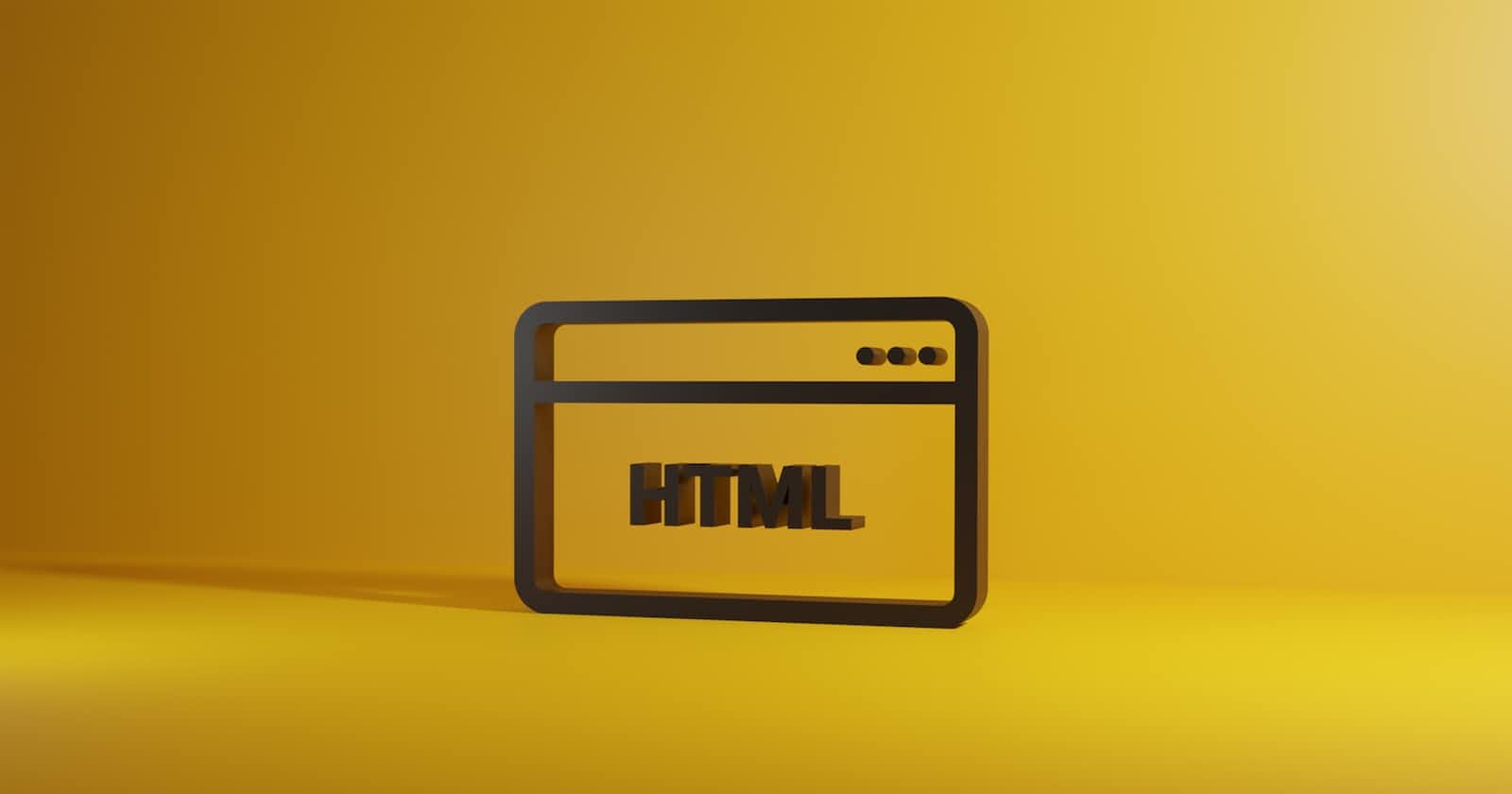Introduction:
HTML (Hypertext Markup Language) is the fundamental language of the World Wide Web. It provides the structure and defines the content of web pages. At the core of HTML are its building blocks known as HTML elements. In this article, we will delve into HTML elements, understanding their syntax, attributes, and how they shape the web.
Understanding HTML Elements:
HTML elements are the individual components that make up a web page. They are represented by tags and enclose content, which can be text, images, multimedia, or other HTML elements. Each HTML element serves a specific purpose and contributes to the overall structure and functionality of a web page.
Syntax of HTML Elements:
HTML elements are defined using opening and closing tags. The opening tag starts with the less-than symbol (<), followed by the element name, and ends with the greater-than symbol (>). The closing tag is similar, but includes a forward slash (/) before the element name, indicating the end of the element. For example:
<p>This is a paragraph element.</p>
In this example, the <p> element represents a paragraph, and the text "This is a paragraph element." is the content within the element. The opening <p> tag denotes the start of the paragraph element and the closing </p> tag marks its end.
Attributes of HTML Elements:
HTML elements can also have attributes, which provide additional information or modify the behavior of the element. Attributes are specified within the opening tag and consist of a name-value pair. For example:
<img src="image.jpg" alt="An image">
In this <img> element, the src attribute specifies the image source file ("image.jpg"), and the alt attribute provides alternative text to be displayed if the image cannot be loaded.
Commonly Used HTML Elements:
HTML offers a wide range of elements for different purposes. Here are a few commonly used ones:
<h1>to<h6>: Headings that define the importance and hierarchy of text headings.<p>: Paragraphs to organize and structure textual content.<a>: Links to other web pages or resources.<img>: Images to display graphics on a web page.<ul>and<li>: Unordered and ordered lists for creating bullet or numbered lists.<div>and<span>: Container elements for grouping and styling other elements.
Advantages of HTML Elements:
HTML elements offer several advantages in web development:
Structure and Organization: Elements provide a structured layout to web content, making it easier to understand and navigate.
Semantics and Accessibility: HTML elements have semantic meanings, enhancing the accessibility of web pages for users and search engines.
Styling and Presentation: Elements can be styled using CSS to control their appearance, allowing developers to create visually appealing web pages.
Interactivity and Functionality: Elements can be combined with JavaScript to add interactivity, validate forms, handle user events, and create dynamic user experiences.
Conclusion:
In conclusion, HTML elements form the backbone of web development, allowing developers to structure, organize, and present content on the internet. They provide a standardized way to mark up and define different parts of a web page, offering flexibility, interactivity, and accessibility. By understanding the syntax, attributes, and purposes of HTML elements, developers can create compelling and functional websites that engage and delight users. So, embrace the power of HTML elements and unleash your creativity in the world of web development.

